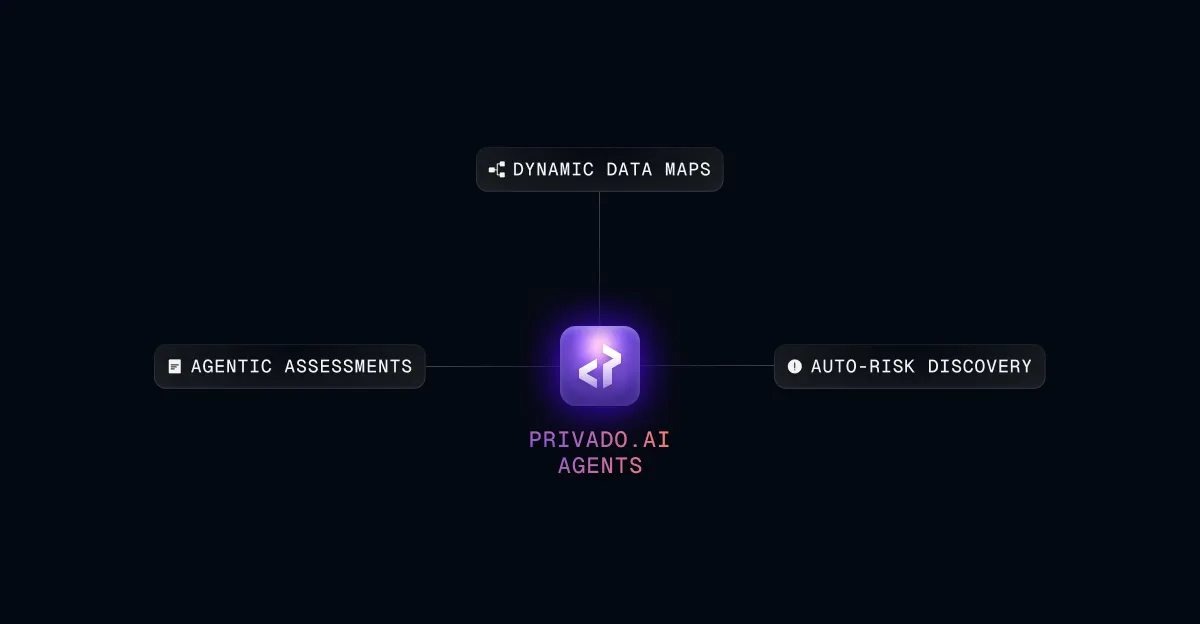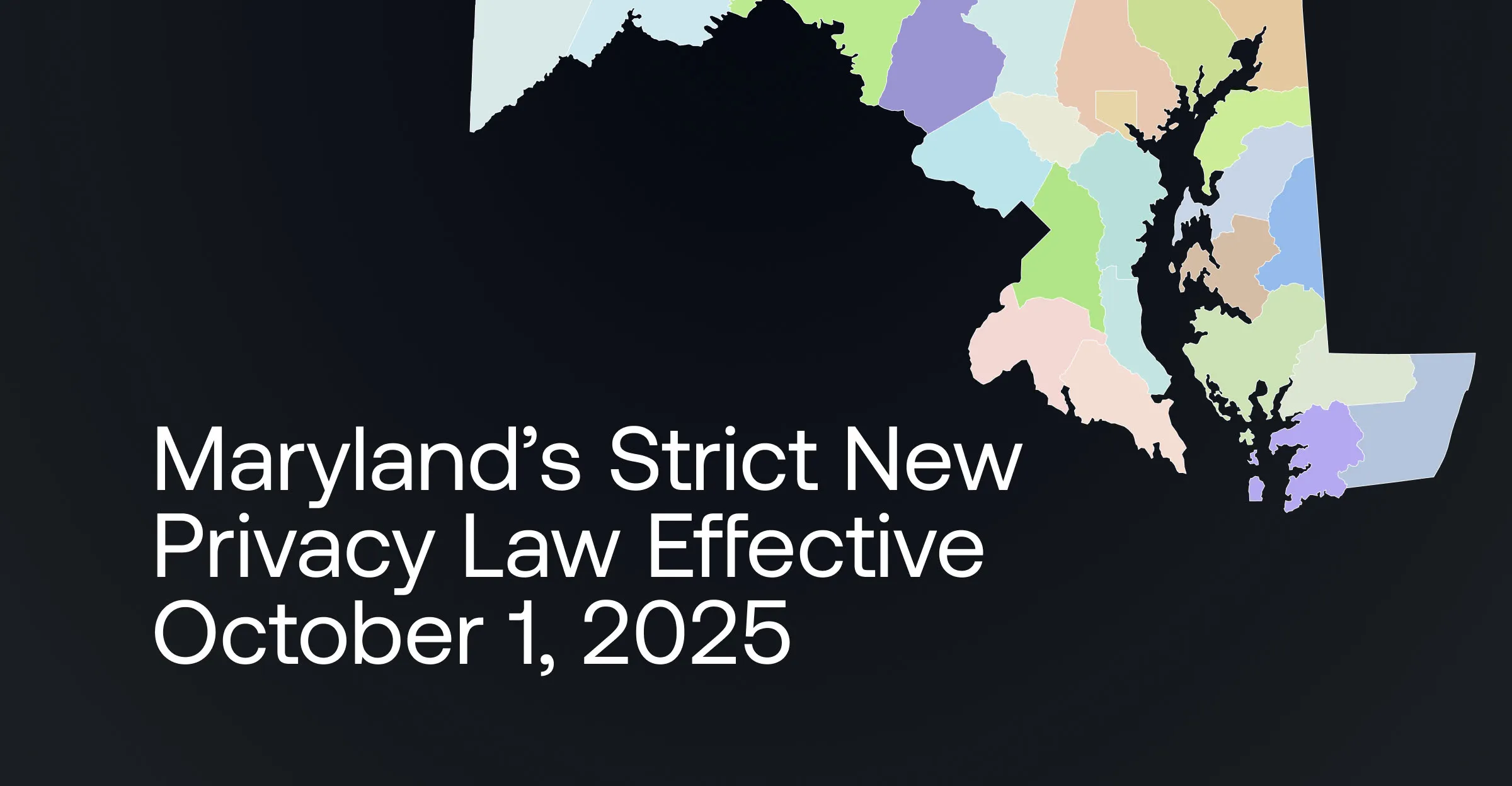Introducing Privado Integration with Segment
.webp)
We’re excited to announce our integration with Segment that expands Privado’s visibility and governance to include all personal data shared from Segment.
Before this integration, Privado mapped data to all third parties, including customer data platforms (CDPs) like Segment, but data sent from Segment to other third parties was not covered.
Segment is the leading CDP helping more than 20,000 companies harness first-party customer data.
CDPs like Segment are designed to collect all kinds of personal data from websites, apps, third parties, and backend systems. Marketing teams commonly use Segment to send personal data to marketing partners to build retargeting audiences and improve measurement.
With Privado’s additional layer of visibility, privacy teams can now proactively prevent all non-compliant data sharing from Segment. Instead of just showing what data is sent to Segment, Privado now identifies all third parties receiving data from Segment and which data elements are shared.
How Privado enables full visibility and governance for data shared from Segment
This integration adds visibility and governance for all personal data shared via Segment

Privado’s core privacy code scanning technology builds dynamic data maps by scanning the code that operates your websites, apps, and backend systems. Because CDPs like Segment are implemented in the code of a website or app, Privado has previously identified these tools as third parties and tracked which data elements they receive.
Since outward data flows are entirely controlled within CDPs, this information cannot be obtained by scanning the code of a website or app. That’s where this integration with Segment comes in. By directly connecting with Segment, Privado can provide the full lineage for personal data collected and shared by Segment.
On the flipside, just scanning a CDP is not enough to provide full visibility and governance. Privacy code scanning is needed to complete the picture.
To govern data shared externally from a CDP, code scanning is required to identify exactly what personal data elements are shared. Scanning the CDP alone identifies the third parties receiving data and identifies what web or app events are shared. Scanning the code that sends data to CDPs is required to identify all data elements shared within an event.
For example, if a CDP shares an “purchase” event from a website, scanning the CDP can identify that an event named “purchase” was shared with a third party. Scanning the website’s code is needed to identify that the purchase event is sharing personal data like email or potentially sensitive data like the product name added or the user’s search history.
Once the integration is enabled, all outward data flows from Segment are synced with Privado. This means all additional third parties will be added to Privado’s data inventory, and all data flows will be updated. Each data element identified will show the full lineage from code to CDP to the eventual third party. Additionally, the data from CDP integrations will update privacy assessments and trigger privacy issues based on your policy workflows.
By enabling full personal data visibility for Segment, Privado can help scale privacy governance across the engineering and marketing teams that control these data flows.
Getting started
Integrate Privado with Segment and start improving your data sharing visibility and governance. To learn about integration setup, please reach out to your Privado customer success manager.

.webp)

